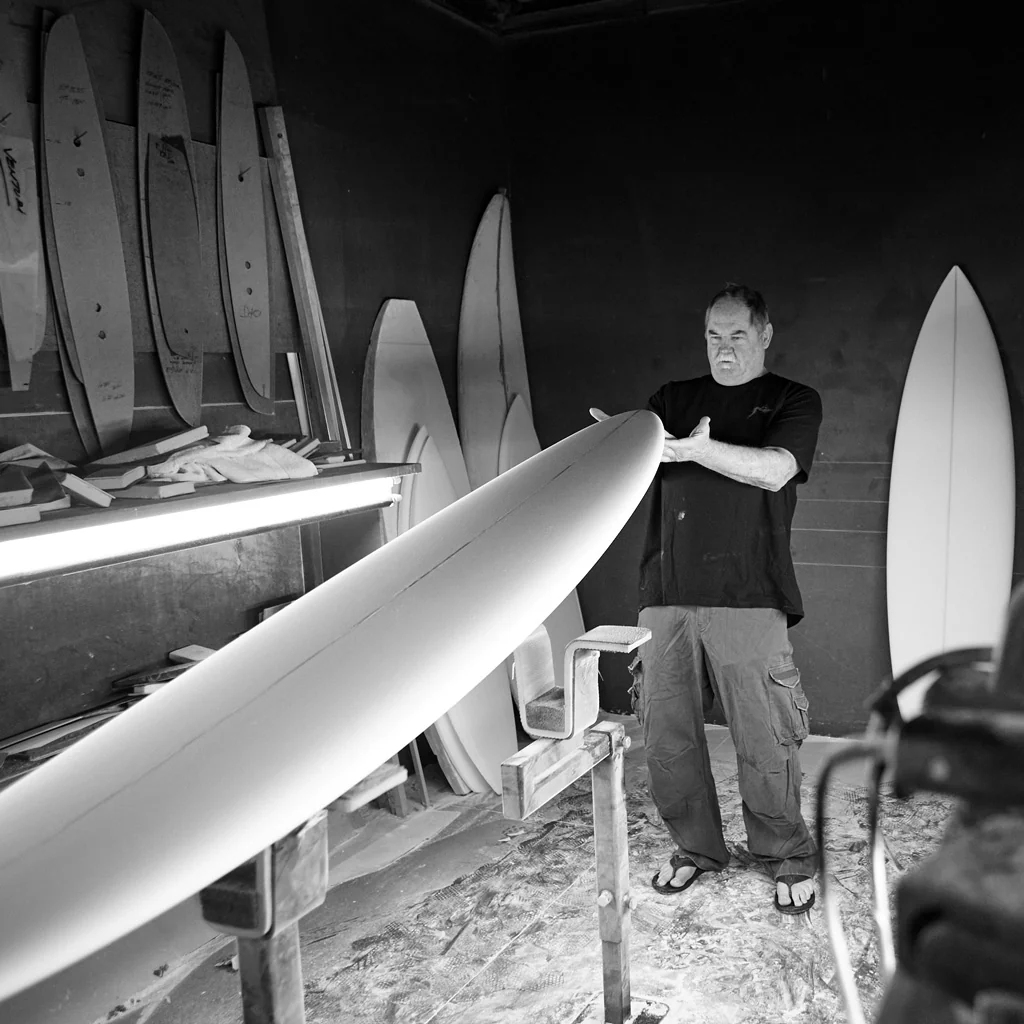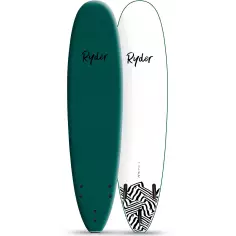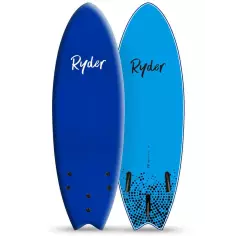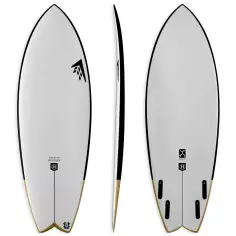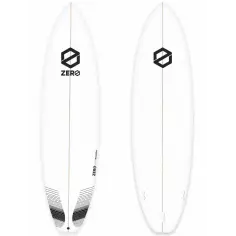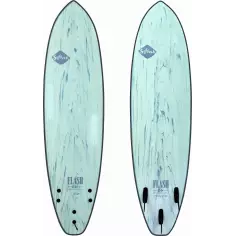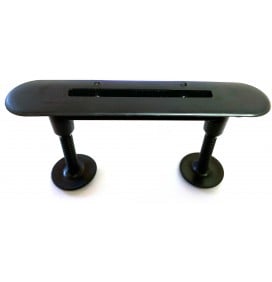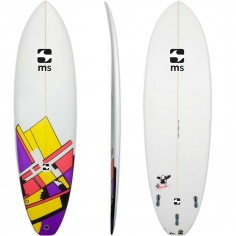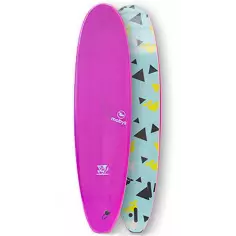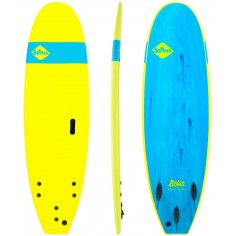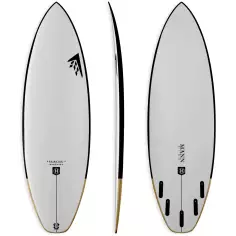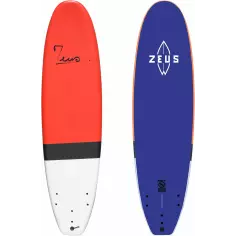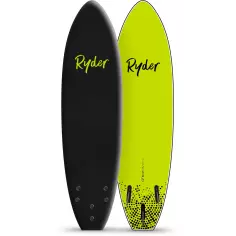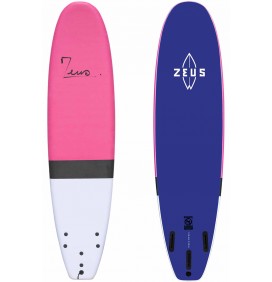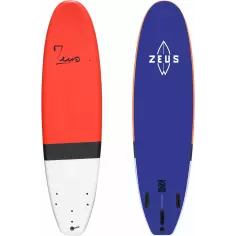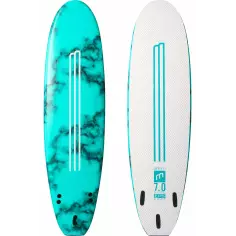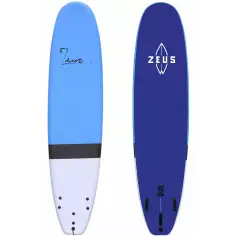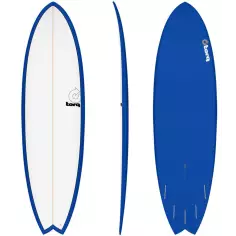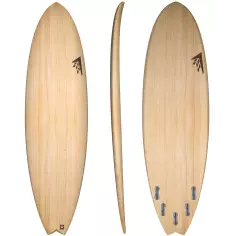Surfboards can be divided into two families: polyester and epoxy.
Not only change the type of resin, they are quite different in construction, and in this article we will explain the technical characteristics of each one, as well as the advantages and disadvantage so that you have all the data when choosing your future surfboards.
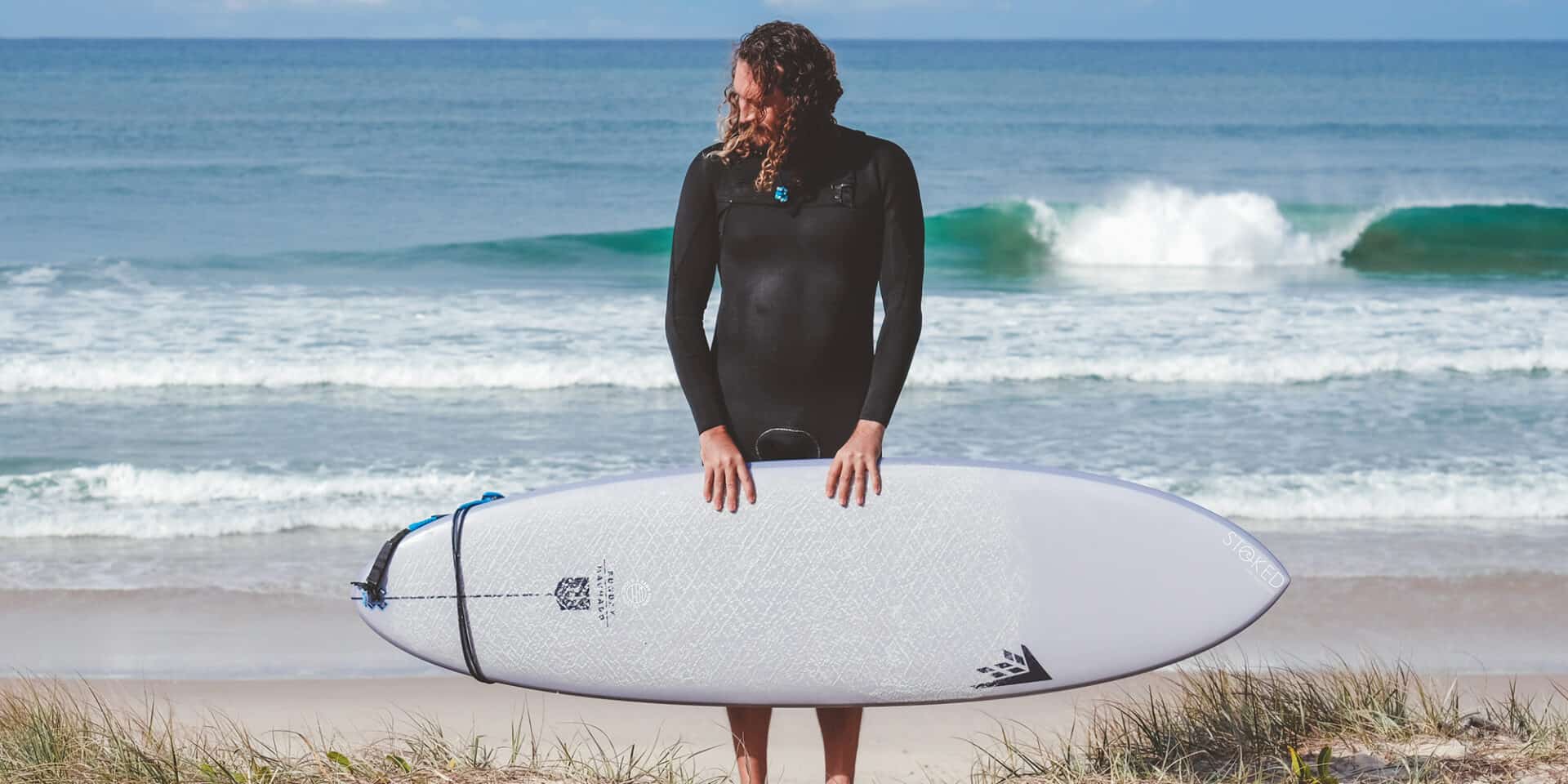
2. Epoxy surfboards
Epoxy surfboards have a polystyrene foam core, also called EPS. The core is laminated with fiberglass and epoxy resin. Many times the surfboard is painted or has a last layer of protection.
EPS is a foam with less density than PU blanks, softer, but this is compensated by more layers of fiberglass and by the use of epoxy resin, which has mechanical properties far superior compared to polyester.
3. Advantages of epoxy surfboards
Epoxy surfboards have two great advantages:
- A higher buoyancy. By having a lighter core, which contains more air, epoxy surfboards float more. This allows to surf with a smaller board having the same buoyancy as a polyester board with the same measurements.
- A greater hardness. They are harder, much more resistant. They can be broken in two just like a polyester surfboard, but they suffer less from feet pressure, they do not came yellow like polyester surfboards.

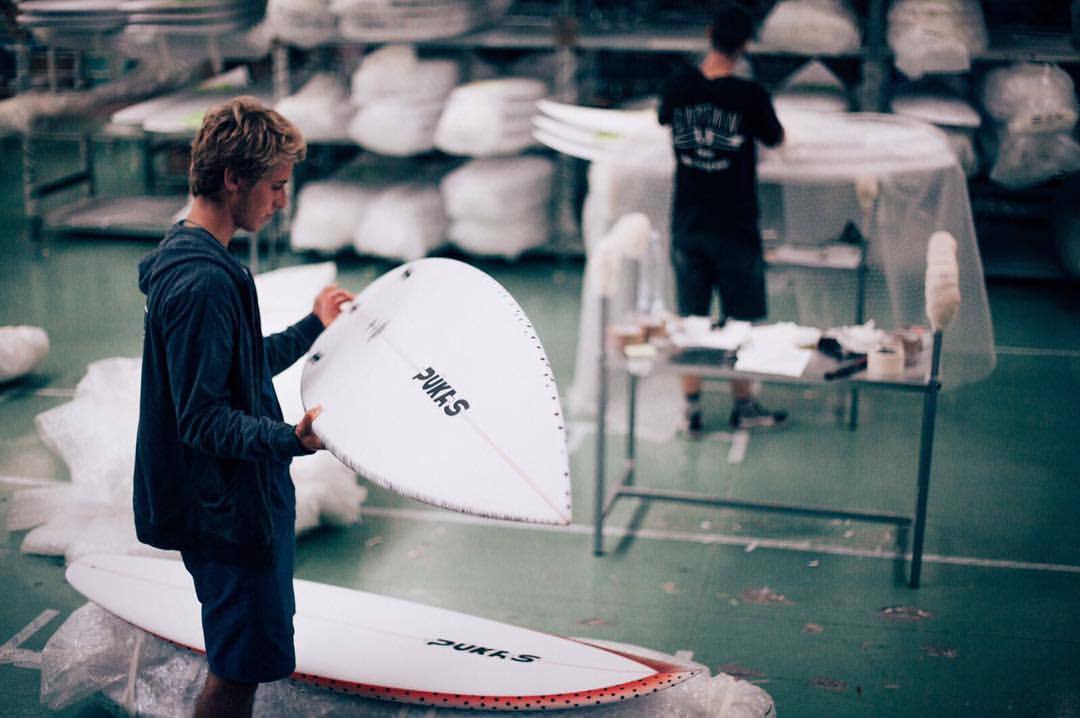
4. Advantages of polyester surfboards
Polyester surfboards are lighter than epoxy surfboards, and have more flex. They deform more, are less rigid, and this translates into more comfort for the surfer.
It is important to say that polyester boards suffers feet pressure, more or less easily according to the brand. If they are easily damaged, it should also be noted that they are easy to fix and with cheap materials, so you can easily fix your surfboard by yourself.
To synthesize, epoxy surfboards are harder and more robust and offers greater buoyancy, while polyester surfboards are lighter and more comfortable to surf. For beginners to intermediate surfers, the advantages of epoxy boards are very interesting. When you start surfing, you put your knees on the board when making your take off, and the epoxy boards are not going to suffer as a polyester one. And the greater buoyancy is also a great help.
For intermediate to advanced surfers, we recommend polyester boards for the performance they offer in the water, instead the new hi performance epoxy surfboard are changing the game.
Products recommended for you:

Sebas
Sebas is the passionate creator and founder of Mundo-Surf, a space dedicated to those who live and breathe surfing. With a deep connection to the ocean and an overflowing passion for every wave, Sebas has turned his love for surfing into a mission: to share, inspire, and educate the community.
In addition to being an avid surfer, Sebas is an expert in surfboard manufacturing, an art that combines technique and creativity. Through his blog, he not only offers guides, reviews, and advice but also shares his experience in surfboard creation, helping others understand the process behind each design and material. At Mundo-Surf, Sebas invites us all to discover surfing at its fullest, from the right equipment to the personalized creation of surfboards.




